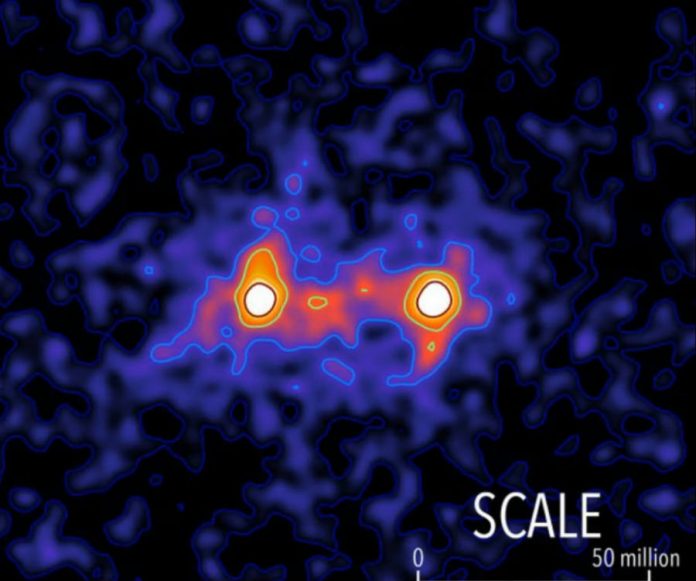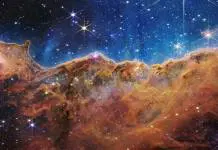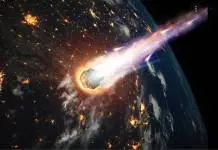
Researchers from the University of Waterloo in Canada, have captured the first image of dark matter. The composite image showing a dark matter web linking two galaxies together is the result of a unique imaging technique and years of work.
While the product of this initiative is not photographic proof per se, the visual representation is the result of a scientifically-backed investigation and measuring. Professor Michael Hudson and co-author student Seth Epps had their research published in the journal Monthly Notices of the Royal Astronomic Society.
Dark matter has long been one of the most puzzling mysteries in astronomy and astrophysics. The elusive and invisible substance is believed to make up roughly 25% of the universe. Waterloo scientists have come one step closer to proving its existence.
Why is Dark Matter so hard to detect?
As evident as it may seem, the dark matter gets its name largely from the fact that it is unobservable to the human eye. It does not reflect or absorb light, nor does it shine, and detection instruments so far rely on theories of its composition to try and trace it.
Under the Lambda Cold Dark Matter model, also known as the standard model of cosmology, dark matter makes up a significant majority of the universe. Together with dark energy, they constitute over 95% of our cosmos.
Astronomers believe in the existence of dark matter based on the laws of physics. Some galaxies have stars and planets that spin too fast for the regular gravitational pull of other objects to bind them to their orbit. Thus, an “invisible” force must be keeping them in place.
Scientists used weak gravitational lensing to ‘see’ dark matter
This same principle applies to galaxies and the universe at large. Star clusters are connected to each other through “bridges” of dark matter that have generated since the Big Bang. All these connections make up the web that holds the universe in place as it continues to expand.
Such bridge was precisely what Waterloo researchers ended up seeing after imaging 23,000 galaxy pairs located over 4.5 billion light years away from Earth. They used the Canada-France-Hawaii Telescope to gaze at the star groups.
The technique, known as weak gravitational lensing, shows how galaxies warp as a result of the influence of dark matter or other unseen mass sources. Systems roughly within 40 million light years of each other showed the best reflection of this dark matter filament bridge.
Hudson and Epps believe their findings are substantial evidence of the existence of dark matter, or at least of force or substance that behaves like it. They also believe their research paves the way to map the universe’s dark matter web.
Source: Royal Astronomic Society











